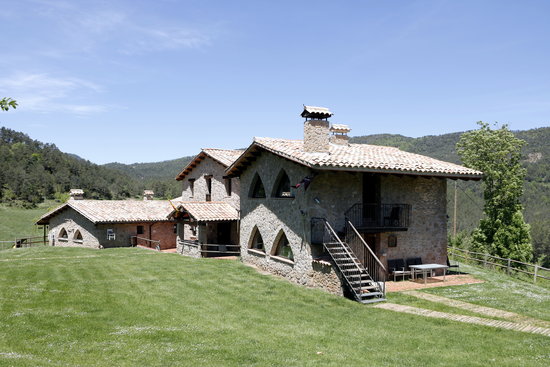Tourism industry braces for 'atypical' post-Covid summer season
Visitors tend to be local, have reduced disposable incomes, and have a preference for rural rentals

Closed borders, lost jobs and social distancing measures have taken a toll on the Catalan tourism industry, which is bracing for an "atypical" post-Covid summer season.
Accounting for 12% of Catalonia's GDP in 2018, the sector has already picked up on the latest trends: visitors tend to be local, have reduced disposable incomes, and have a preference for rural apartments or houses.
People's tastes after lockdown will also be a big blow to the industry in Barcelona as tourists are now even more inclined to get away from cities resulting from the "negative perception" of crowds, explains UOC professor Pablo Díaz Luque.
The Catalan capital is also reliant on foreign visitors and travel restrictions among Schengen countries, which will be lifted on June 21, have put a damper on their influx even as lockdown has been progressively eased throughout Europe.
Only half of Catalans will travel this summer
Tourism industry consulting firm Tourislab estimates that 52.2% of Catalonia's residents will travel this summer, while the remaining 47.8% will stay put either due to perceived uncertainty surrounding the public health crisis or for financial reasons.
And of those who do plan on going somewhere in the coming months, 52.1% will travel within Catalonia – mainly to support local businesses, according to the poll – while 28.2% will visit other parts of Spain, and 19.7% will go abroad.
Government subsidies for tourism sector
On Monday the Catalan government announced it would be allocating 7.4 million euros to a campaign promoting tourism so as to "reactivate" the industry and avoid the closure of SMEs that are heavily dependent on tourists.
The first part of the campaign, which will receive 3.3 million euros, seeks to attract visitors from other parts of Catalonia and Spain as well as nearby European countries including France, Germany, the United Kingdom or the Benelux region.
The remaining 4.1 million euros will be spent on the second part of the campaign this fall and early next year to attract other foreign visitors.